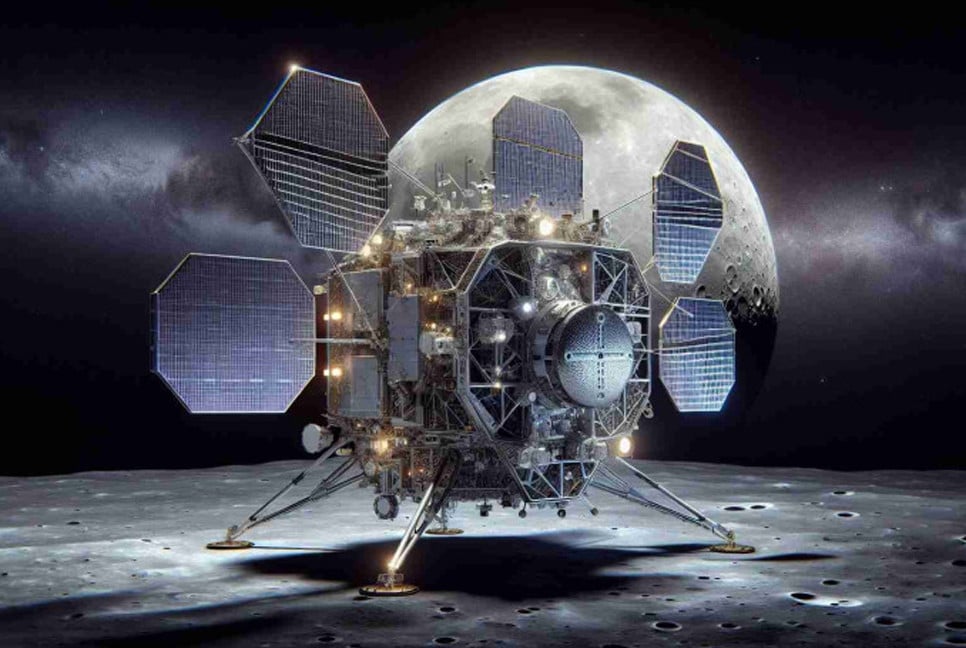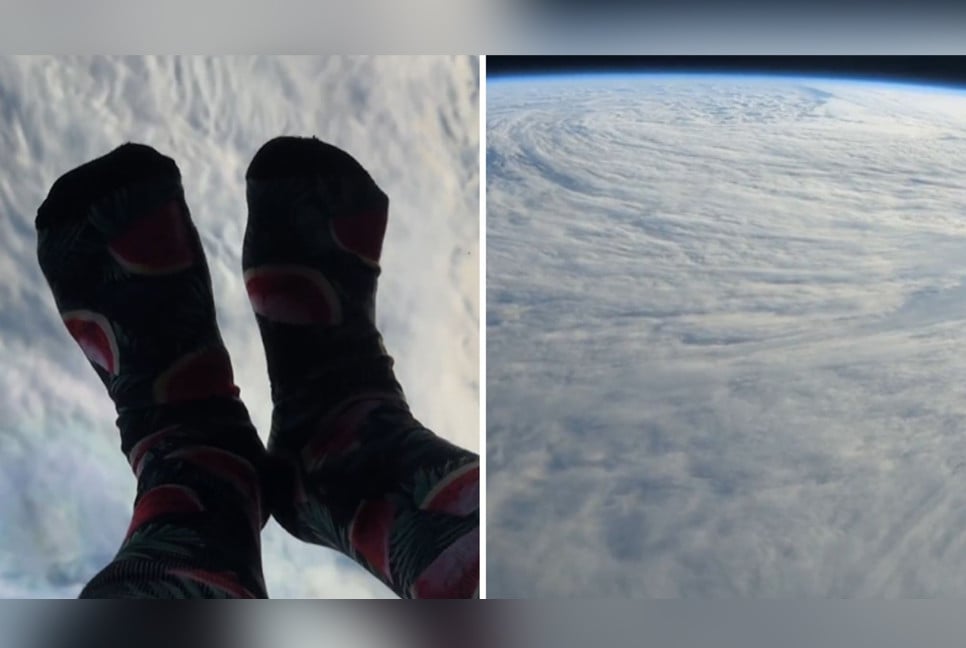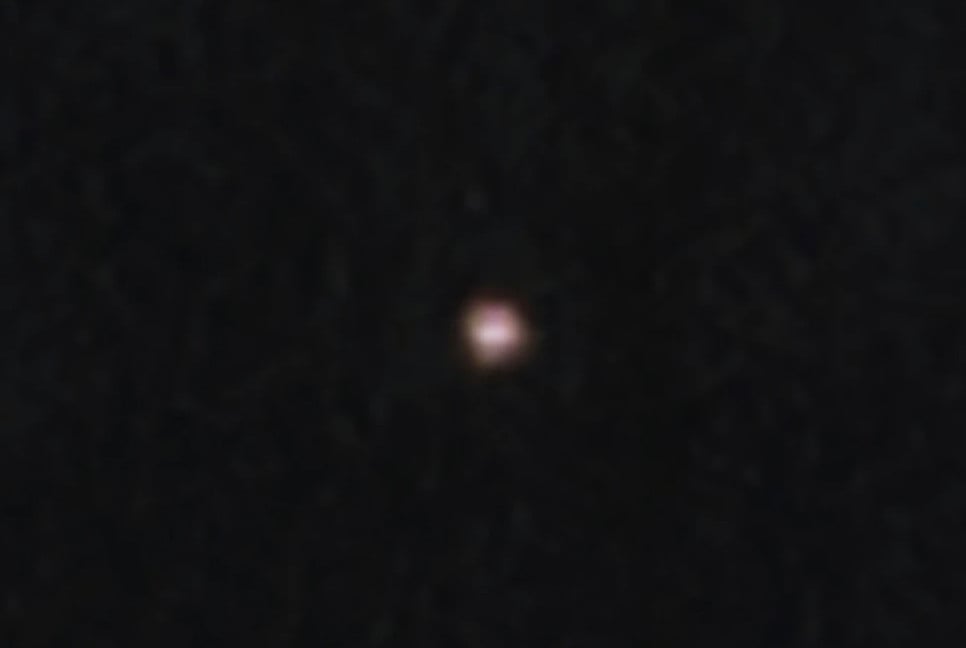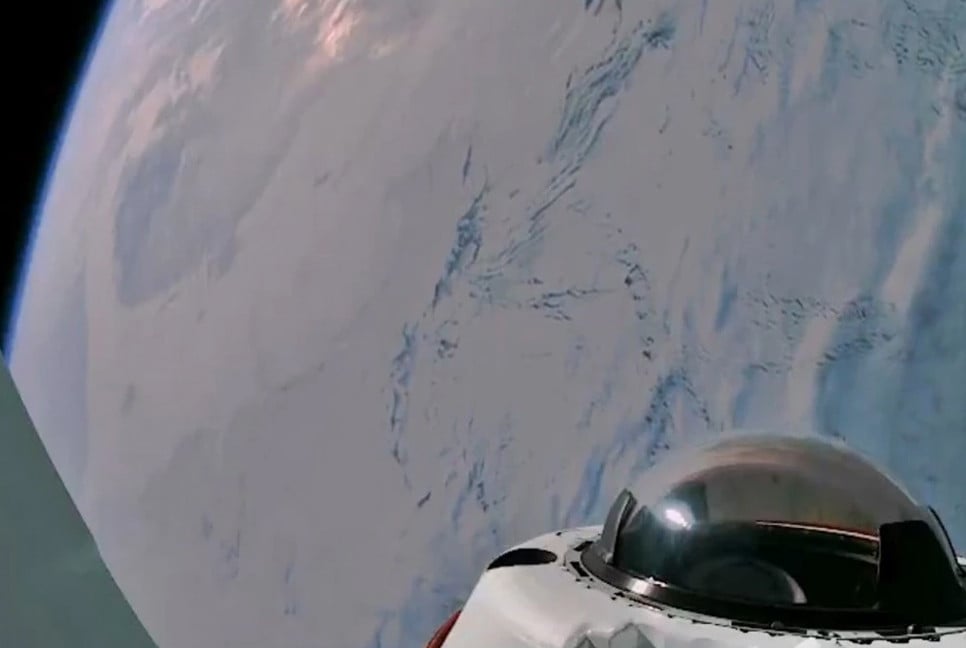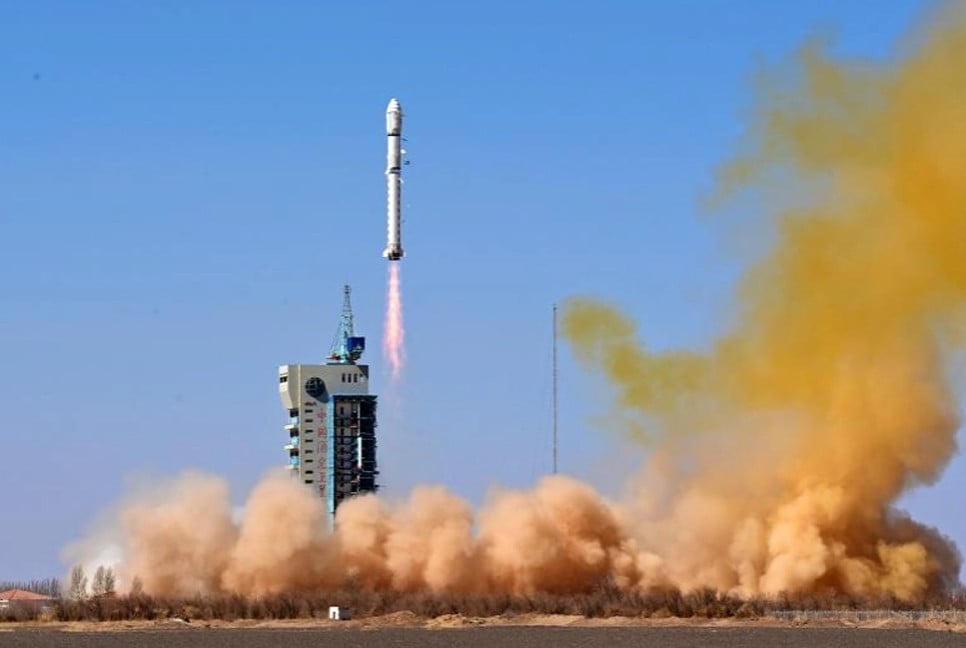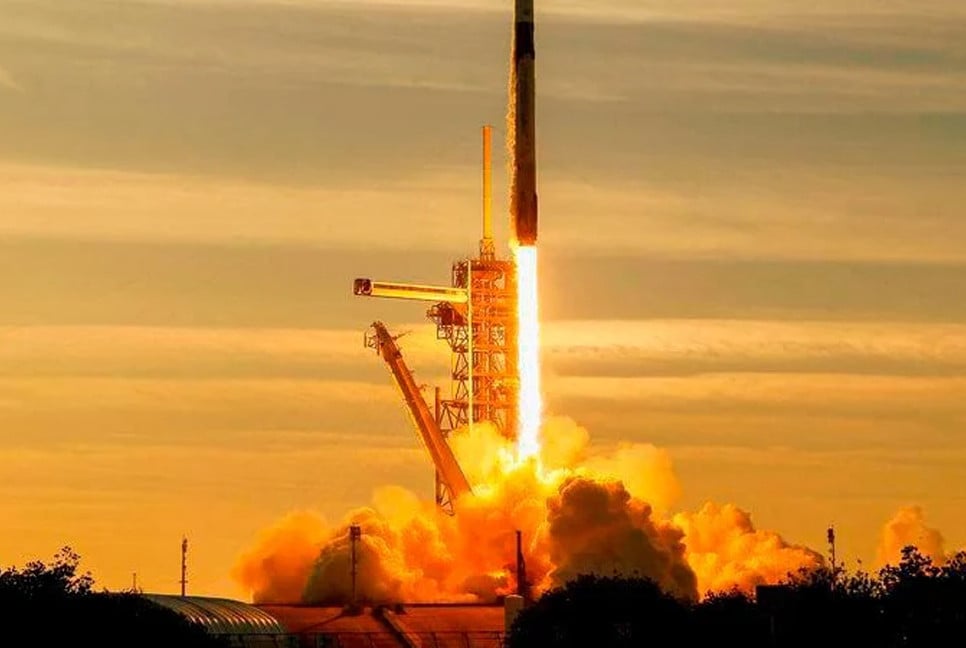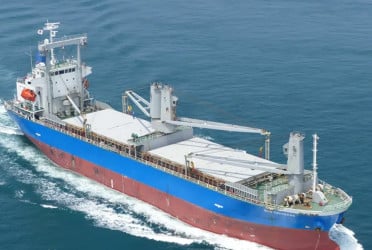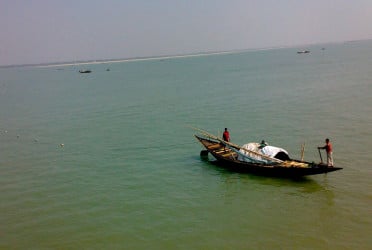A NASA satellite, about the size of a dishwasher, was launched from Florida on Wednesday to locate areas on the moon's surface, particularly in the permanently shadowed craters at its poles, where water – an essential resource for lunar missions – can be found.
A SpaceX Falcon 9 rocket lifted off from the Kennedy Space Center in Cape Canaveral carrying NASA's Lunar Trailblazer orbiter. The Lunar Trailblazer spacecraft was built by Lockheed Martin's space division. The satellite was a secondary payload onboard the rocket, with the primary payload being a lunar lander mission led by Intuitive Machines.
The lunar surface is often thought of as arid but previous measurements have found the presence of some water, even in warmer sun-lit locations. In cold and permanently shadowed places at the lunar poles, it has long been hypothesized that there could be significant amounts of water ice.
Lunar Trailblazer, which weighs about 440 pounds (200 kg) and measures about 11.5 feet (3.5 meters) wide when its solar panels are fully deployed, is being sent to find and map this water on the moon's surface.
For future moon exploration, including potential long-term lunar bases staffed by astronauts, lunar water would be of vital importance because it could be processed not only as a drinking supply but also into breathable oxygen and hydrogen fuel for rockets.
The bottoms of hundreds of craters at the moon's South Pole, for instance, are permanently shadowed and may hold ice patches. Some water also may be locked inside broken rock and dust on the lunar surface.
Lunar Trailblazer is scheduled to perform a series of moon flybys and looping orbits over a span of several months to position itself to map the surface in detail. It eventually will orbit at an altitude of roughly 60 miles (100 km) and collect high-resolution images of targeted areas to determine the form, distribution and abundance of water and to better understand the lunar water cycle.
"We see tiny amounts of water on sunlit portions of the moon, which is mysterious," said planetary scientist Bethany Ehlmann, the mission's principal investigator and director of Caltech's Keck Institute for Space Studies.
But, Ehlmann added: "The most interesting (aspect) for many is the potentially large amounts of ice in the permanently shadowed regions of the lunar poles. Lunar Trailblazer will peer inside to see how much is at the surface."
Such locations could serve as a resource for lunar explorers in the future.
"Understanding where a rover would drive or an astronaut would walk to examine deposits for science and future resource use will benefit all future landed missions," Ehlmann said.
Two Lunar Trailblazer instruments will take measurements from orbit together. The Lunar Thermal Mapper, or LTM, will map and measure the lunar surface temperature. The High-resolution Volatiles and Minerals Moon Mapper, or HVM3, will look at the moon's surface for a telltale pattern of light given off by water.
"We believe that the movement of water on the moon is likely driven by the surface temperature. So by measuring the presence and amount of water via the HVM3 instrument and the surface temperature via the LTM instrument we can better understand this relationship," said University of Oxford planetary scientist Tristram Warren, who worked on developing the LTM instrument.
Lunar water is believed to originate from several potential sources. One possibility is that solar wind, consisting of charged particles from the sun, may interact with lunar minerals to produce water. Another potential source could be comets or meteorites, which may have brought water to the moon over billions of years. While the exact amount of lunar water is still uncertain, it could be in the range of hundreds of millions of tons.
"Beyond its value for human exploration, lunar water is also scientifically intriguing. The moon has been in orbit near Earth since its formation, so studying the origins of lunar water could help us better understand the origins of water on Earth," said Warren.
Source:NDTV
Bd-pratidin English/ Afia

